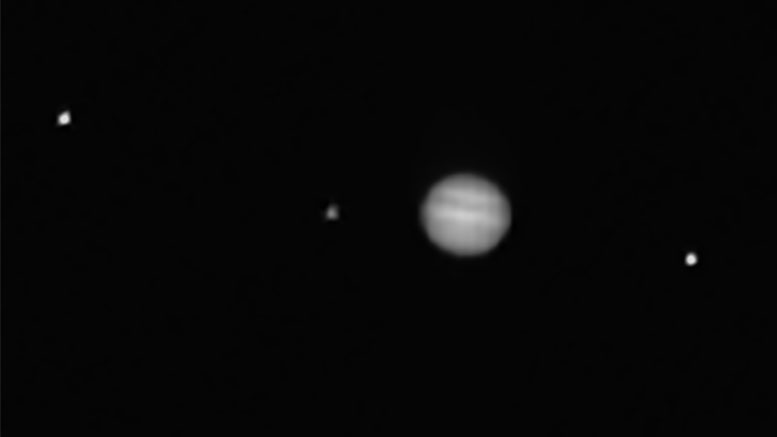
Jupiter (center) and three of its moons, Callisto (left), Io, and Ganymede. Credit: NASA/Goddard/University of Arizona
NASA’s OSIRIS-REx spacecraft captured a new image of Jupiter this past week.
During Earth-Trojan asteroid search operations, the PolyCam imager aboard NASA’s OSIRIS-REx spacecraft captured this image of Jupiter (center) and three of its moons, Callisto (left), Io, and Ganymede. The image, which shows the bands of Jupiter, was taken at 3:34 a.m. EST, on February 12, when the spacecraft was 76 million miles (122 million kilometers) from Earth and 418 million miles (673 million kilometers) from Jupiter. PolyCam is OSIRIS-REx’s longest range camera, capable of capturing images of the asteroid Bennu from a distance of two million kilometers.
This image was produced by taking two copies of the same image, adjusting the brightness of Jupiter separately from the significantly dimmer moons, and compositing them back together so that all four objects are visible in the same frame.
NASA’s Goddard Space Flight Center in Greenbelt, Maryland provides overall mission management, systems engineering, and the safety and mission assurance for OSIRIS-REx. Dante Lauretta of the University of Arizona, Tucson, is the principal investigator, and the University of Arizona also leads the science team and the mission’s observation planning and processing. Lockheed Martin Space Systems in Denver built the spacecraft and is providing flight operations. Goddard and KinetX Aerospace are responsible for navigating the OSIRIS-REx spacecraft. OSIRIS-REx is the third mission in NASA’s New Frontiers Program. NASA’s Marshall Space Flight Center in Huntsville, Alabama, manages the agency’s New Frontiers Program for its Science Mission Directorate in Washington.

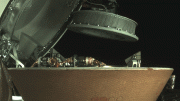
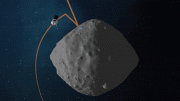

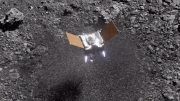
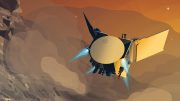
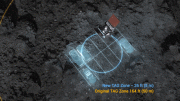
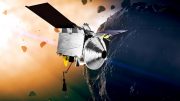
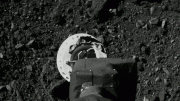
Be the first to comment on "NASA’s OSIRIS-REx Spacecraft Views Jupiter"